Archive
2021
KubaParis
Closer

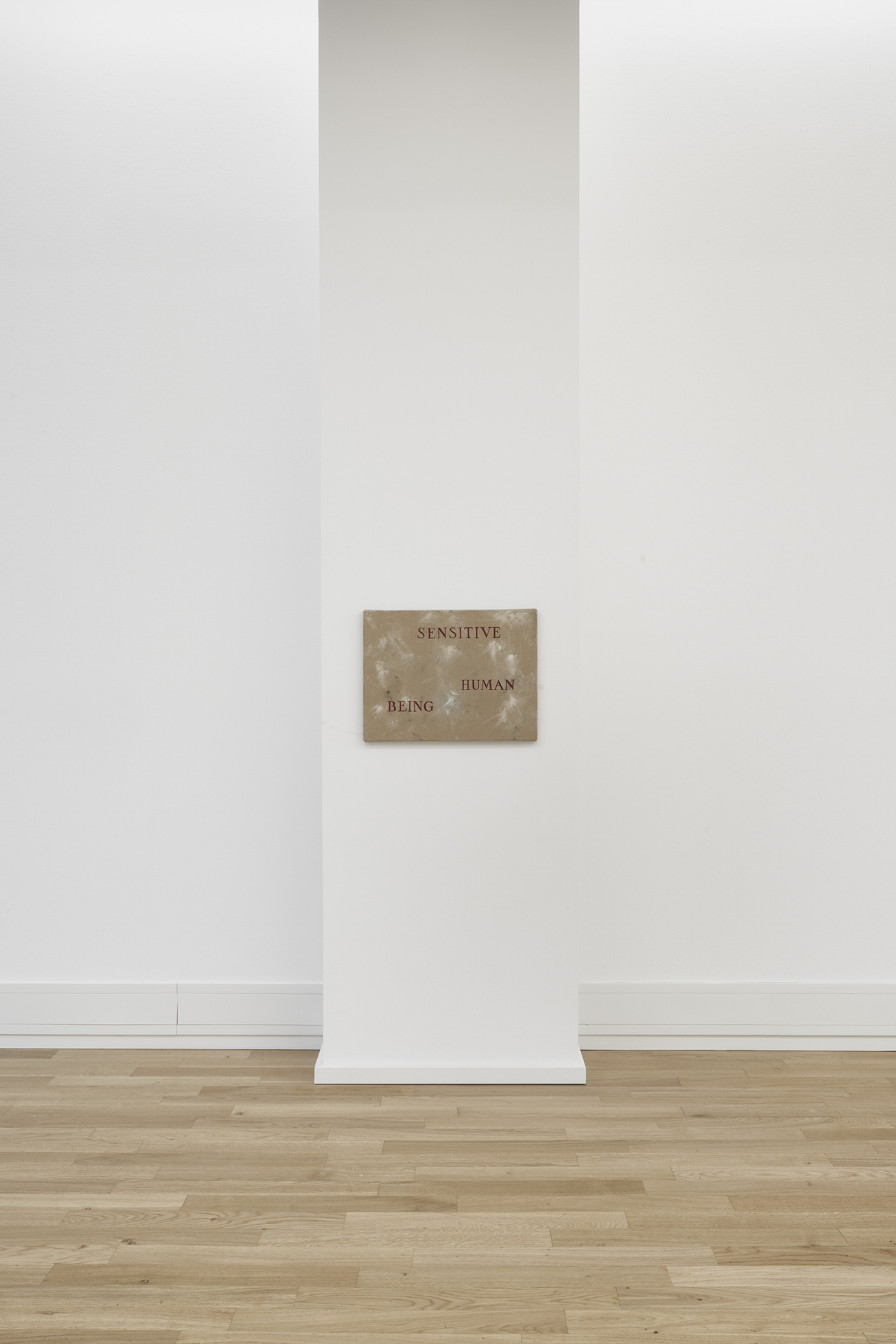
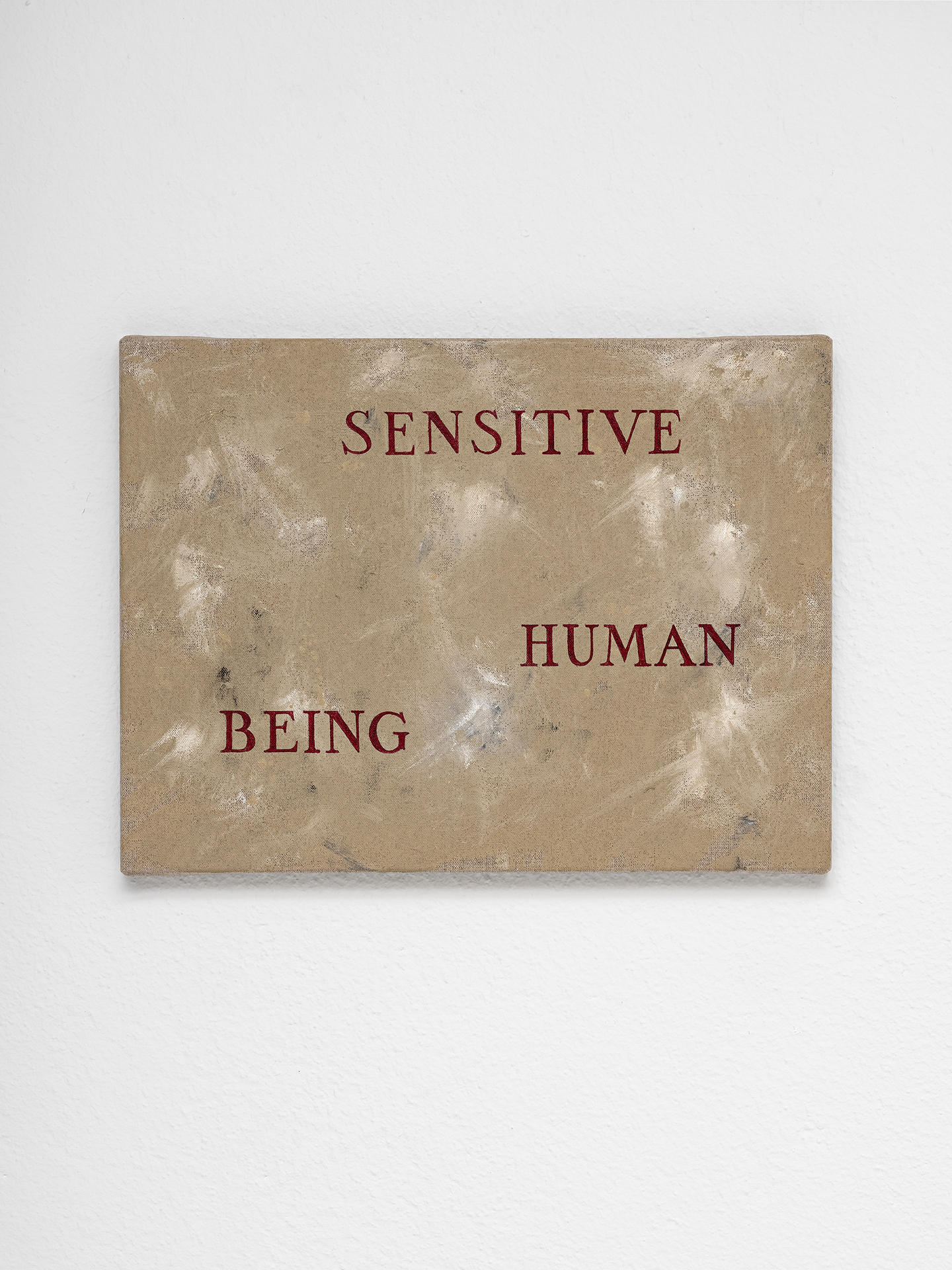
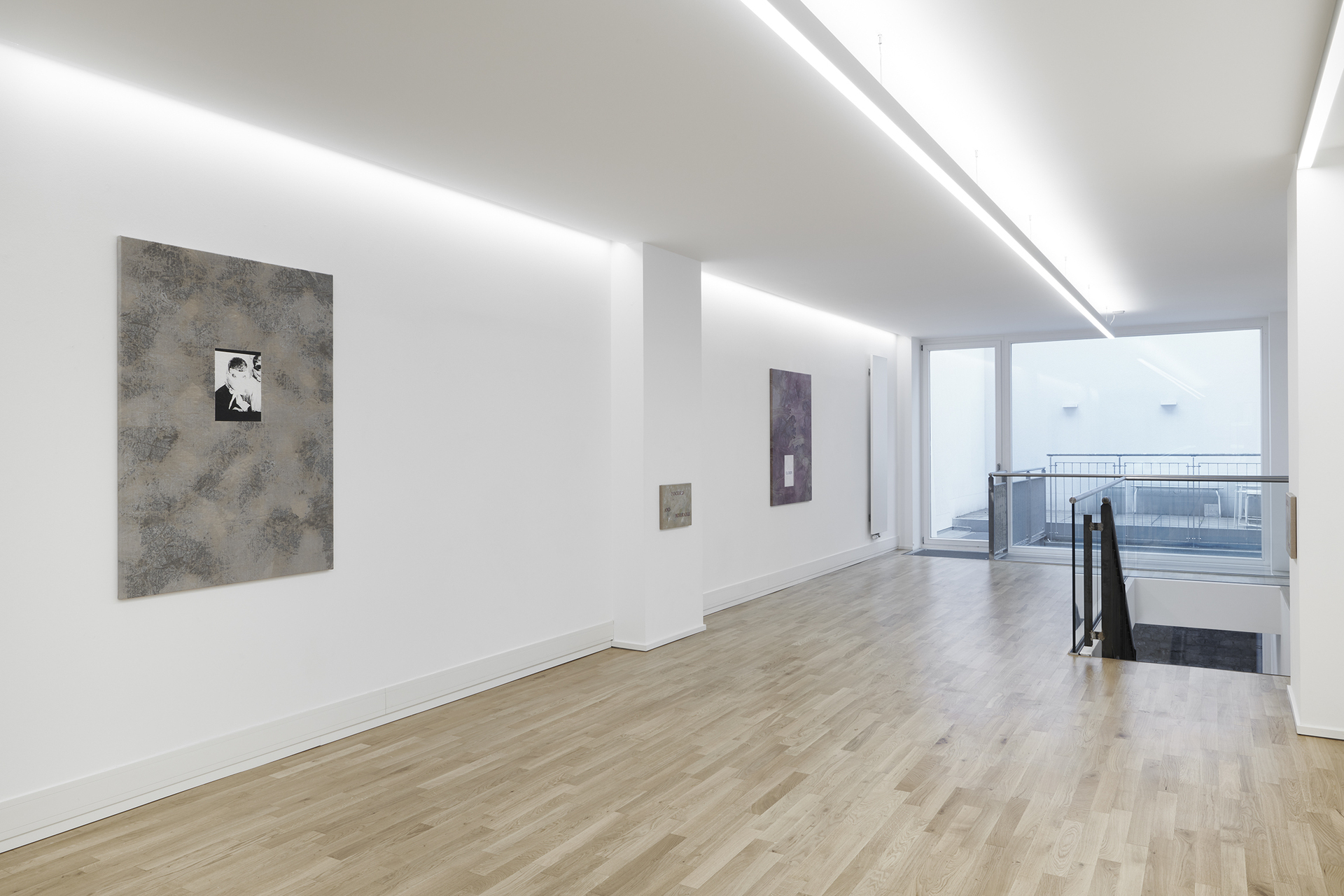

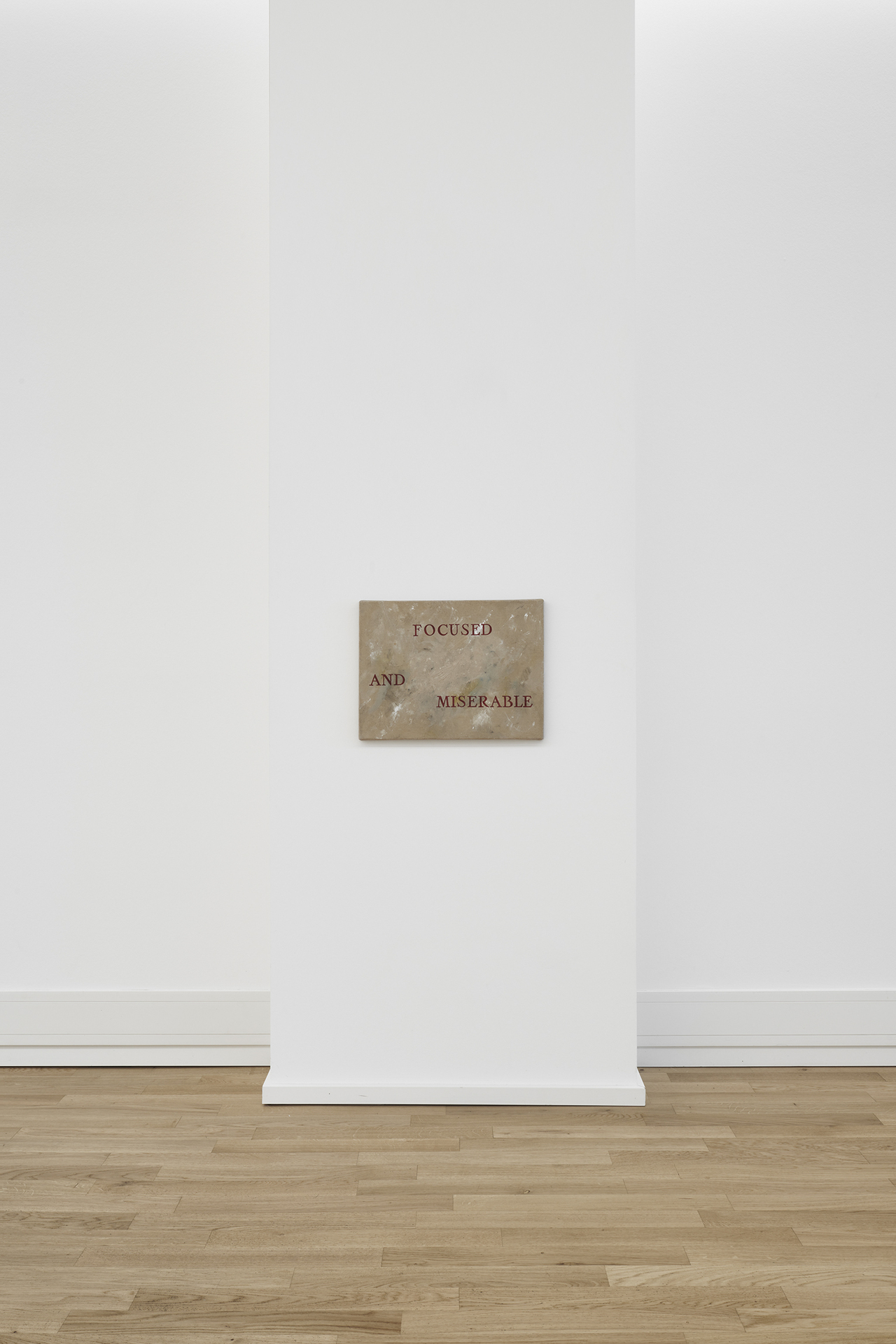

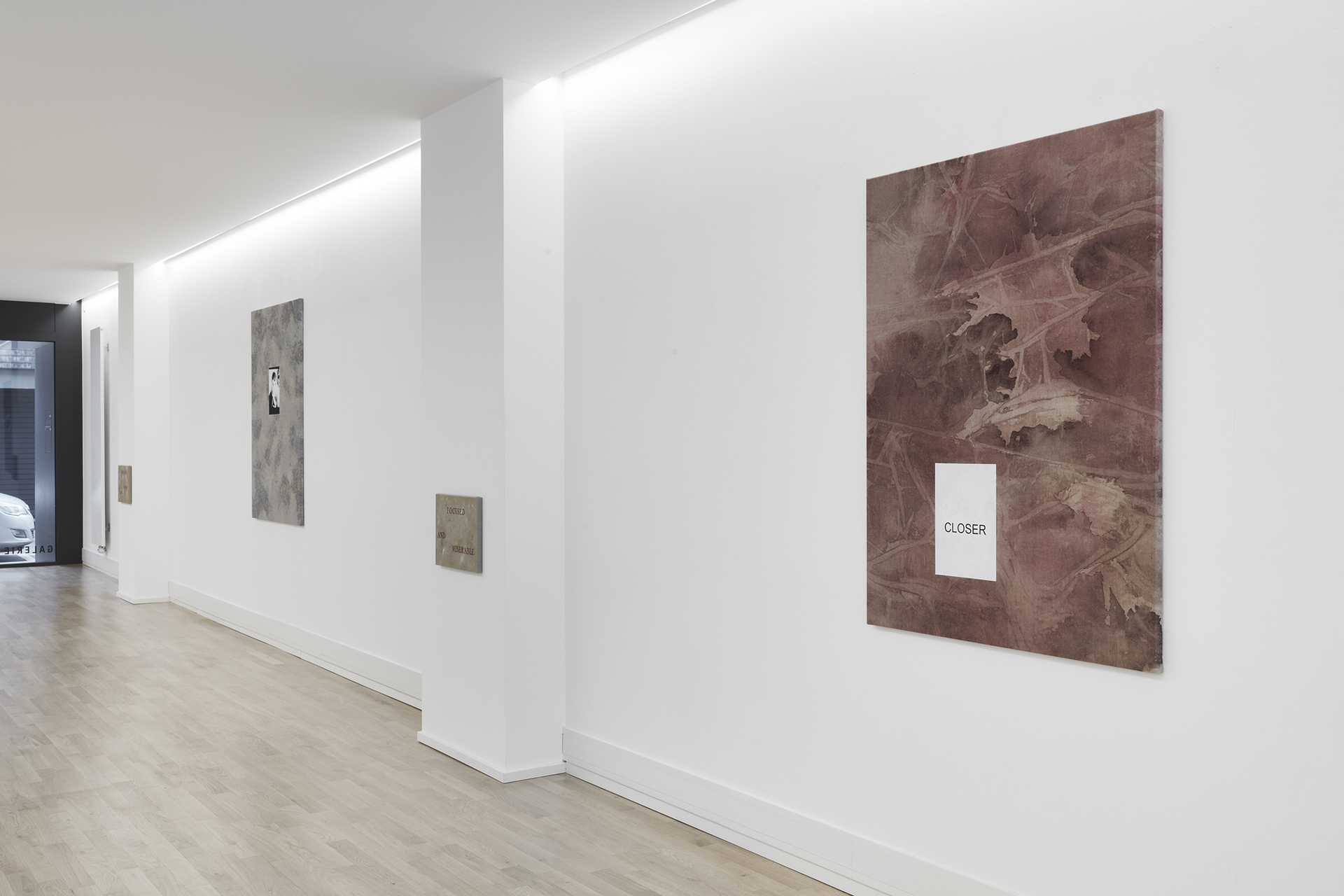
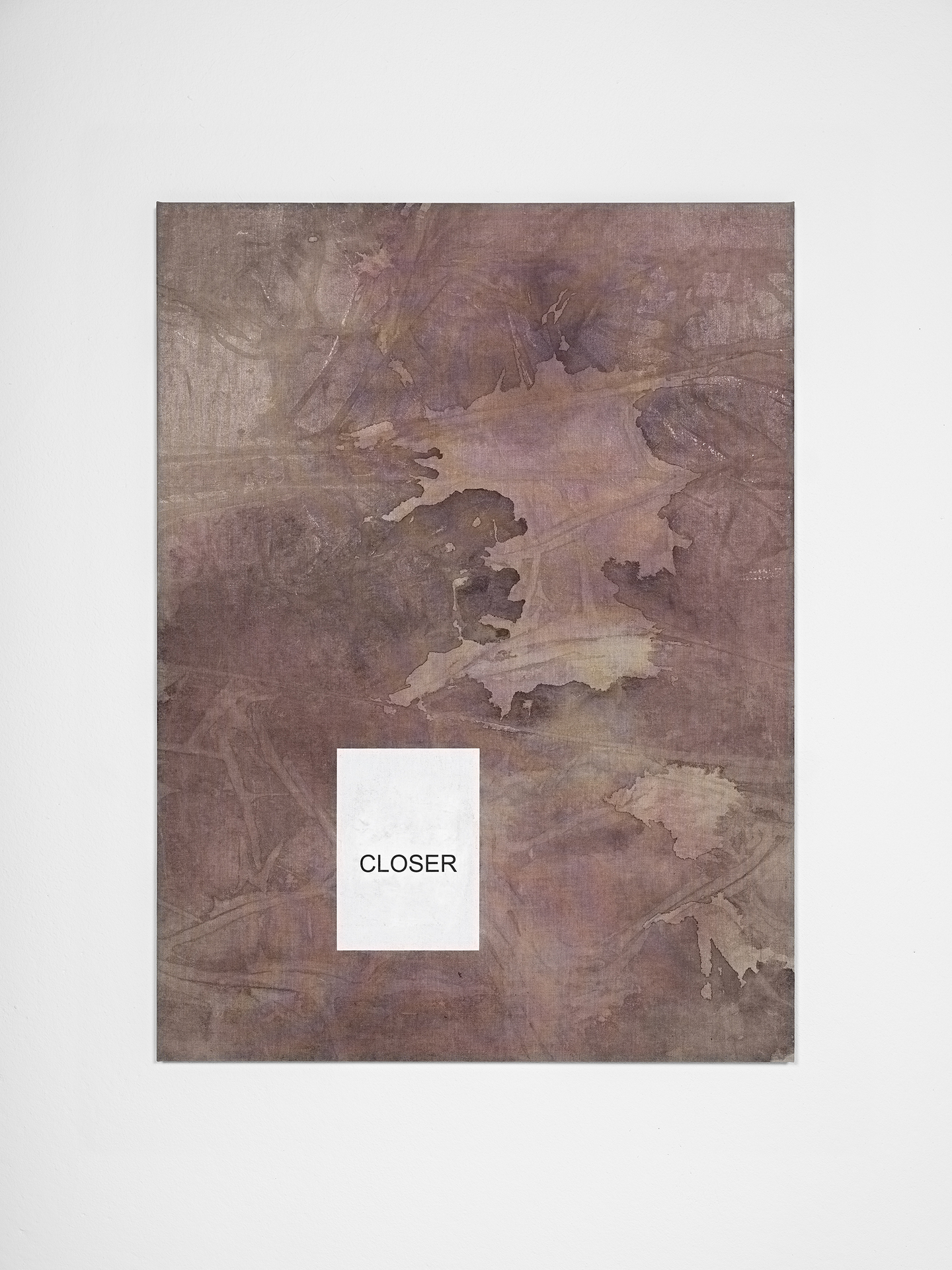
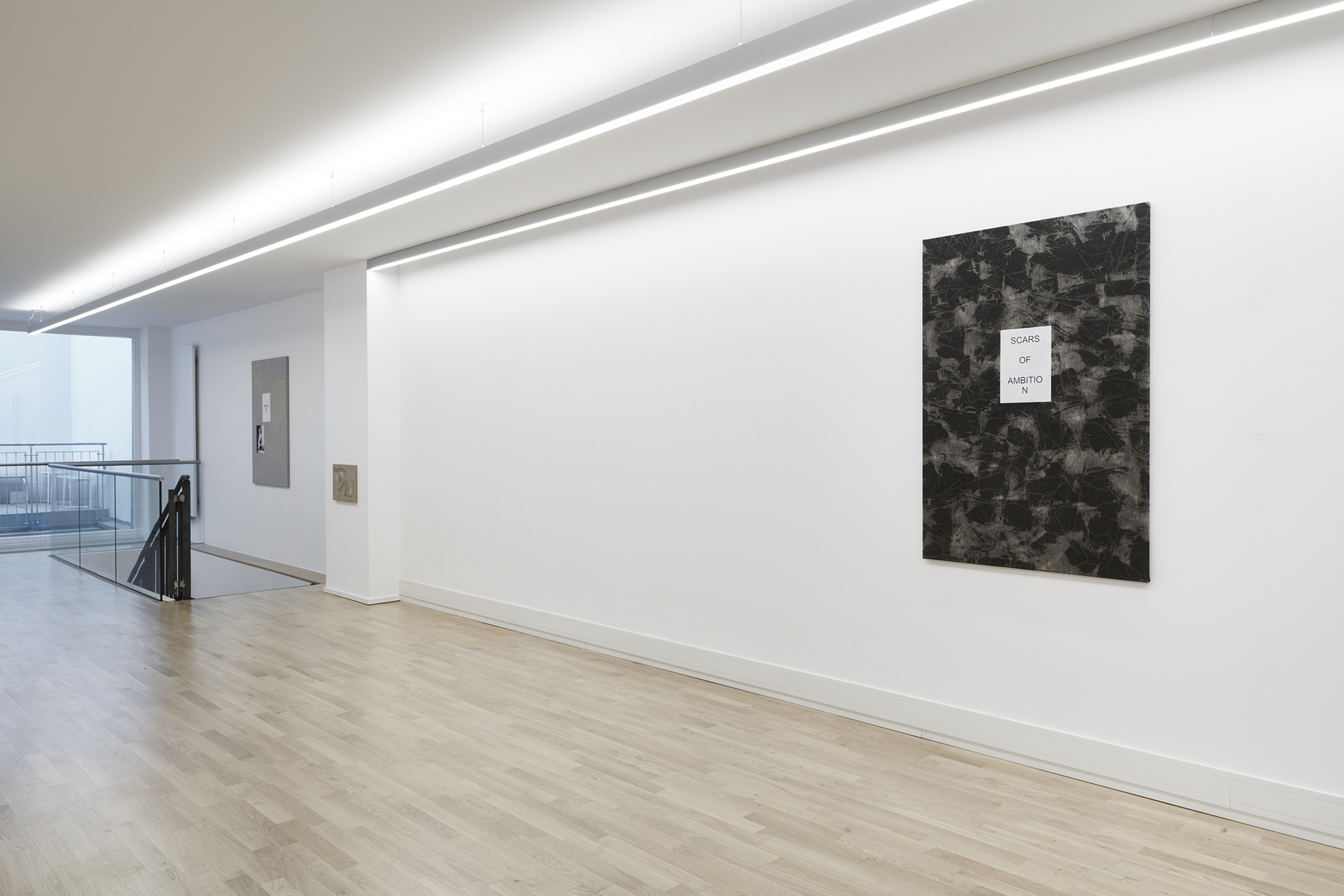
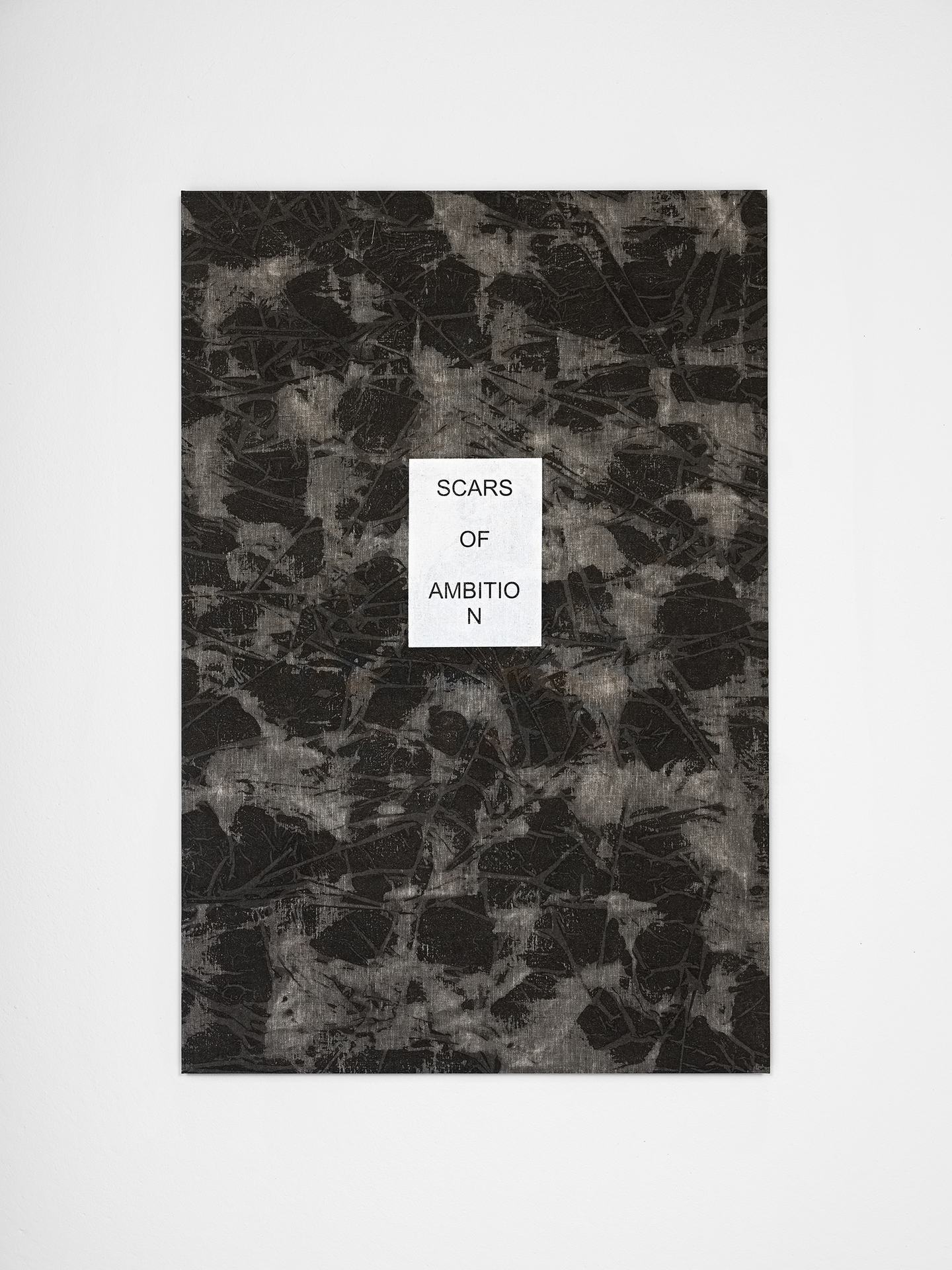

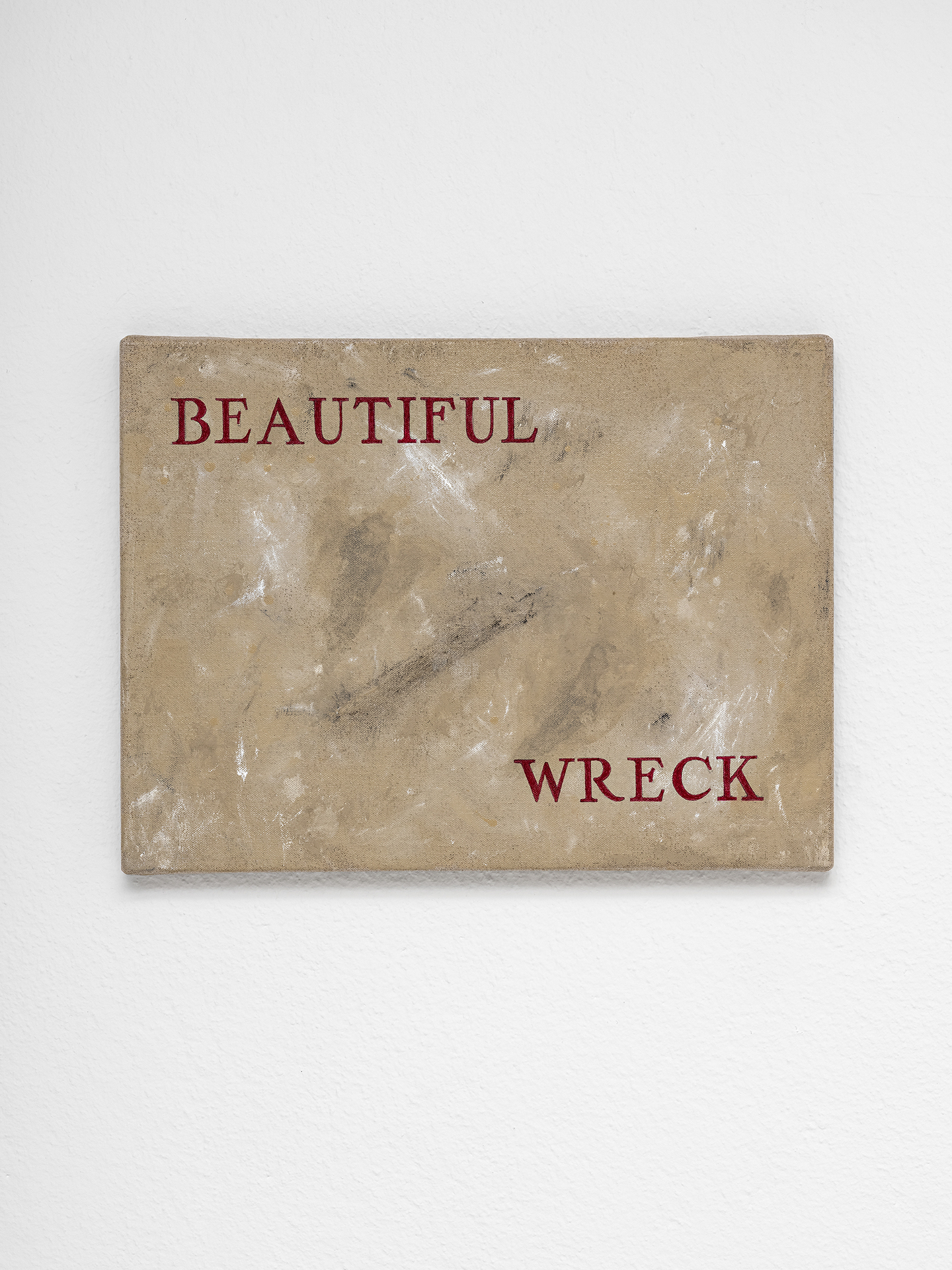
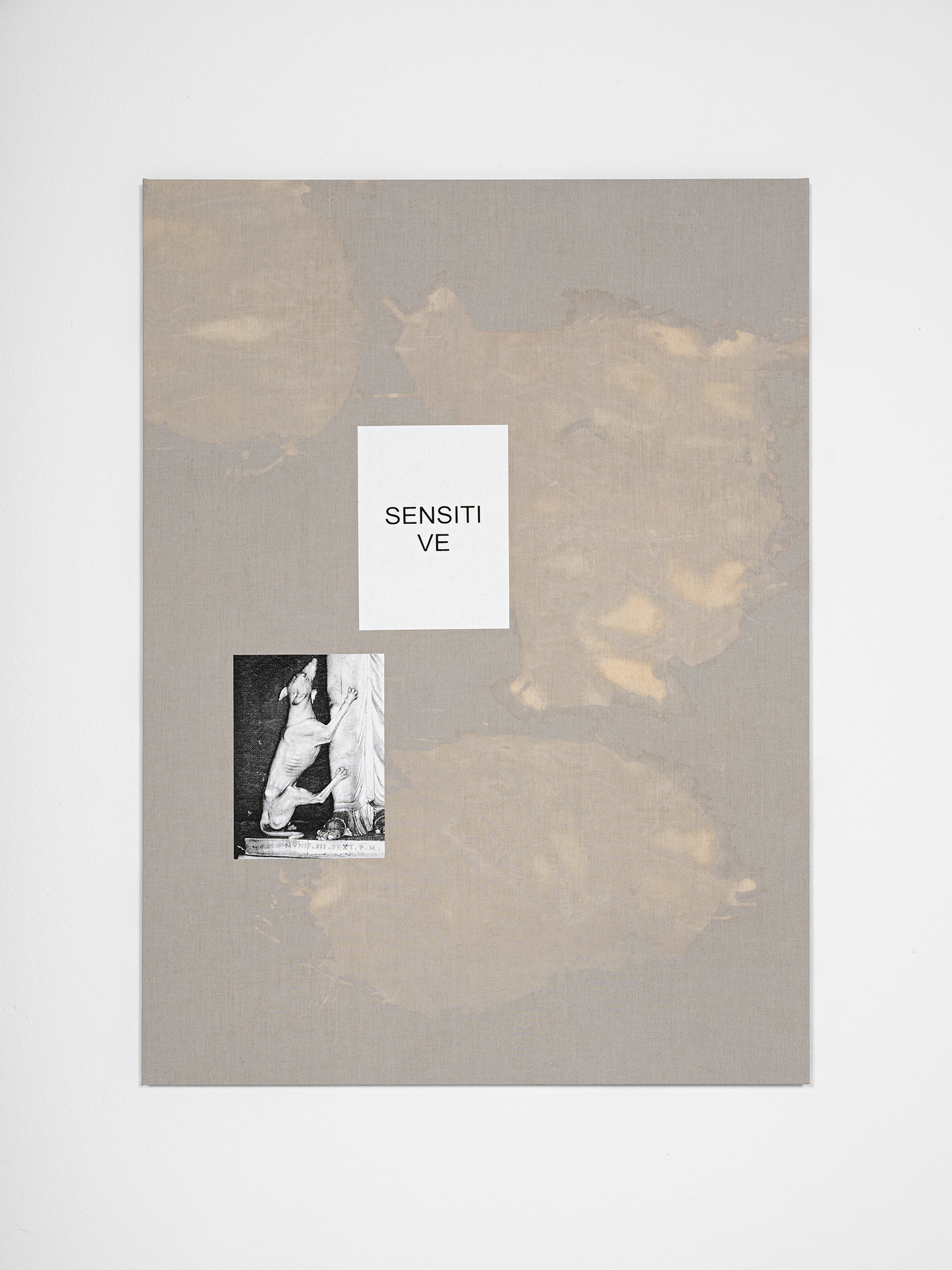
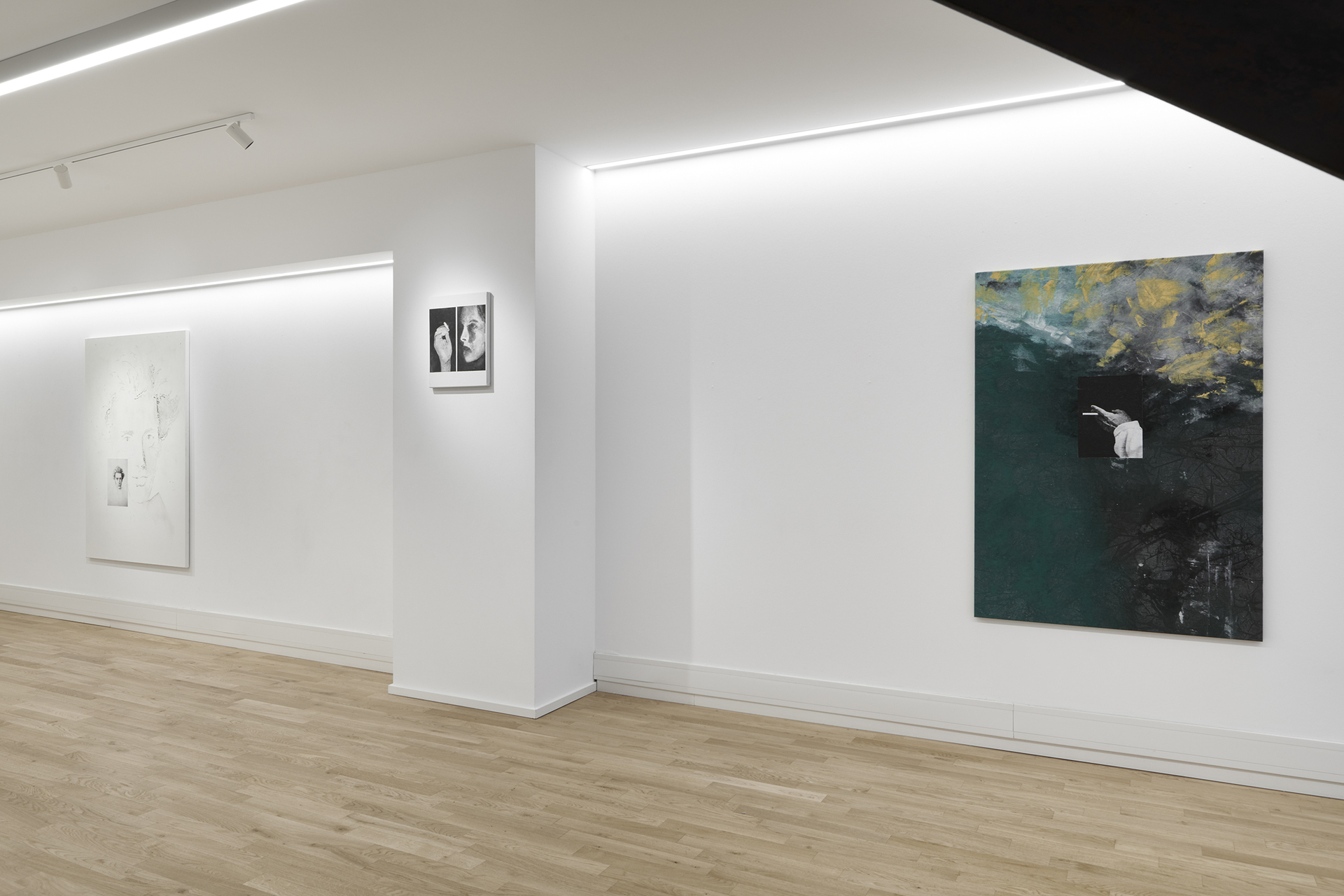
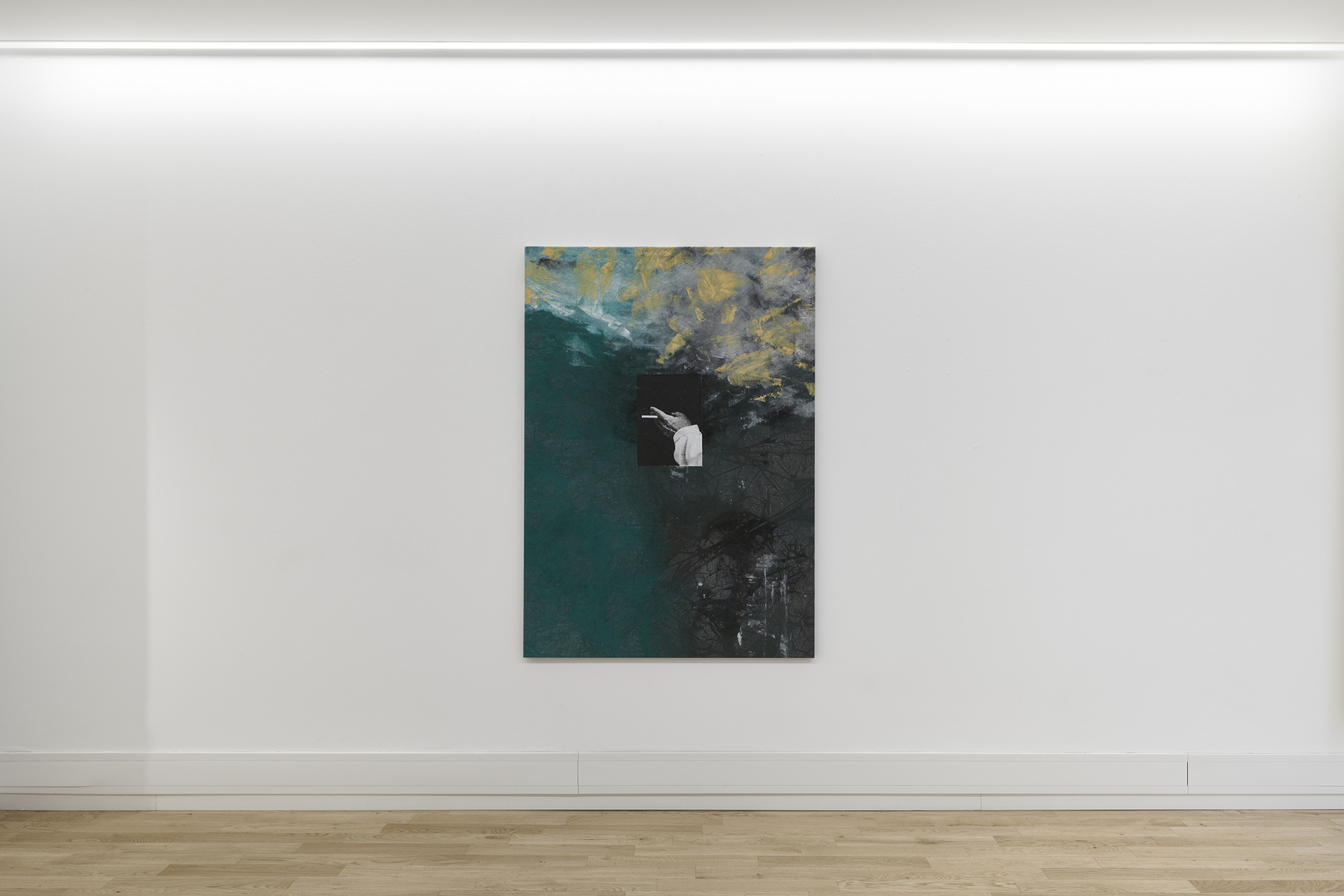

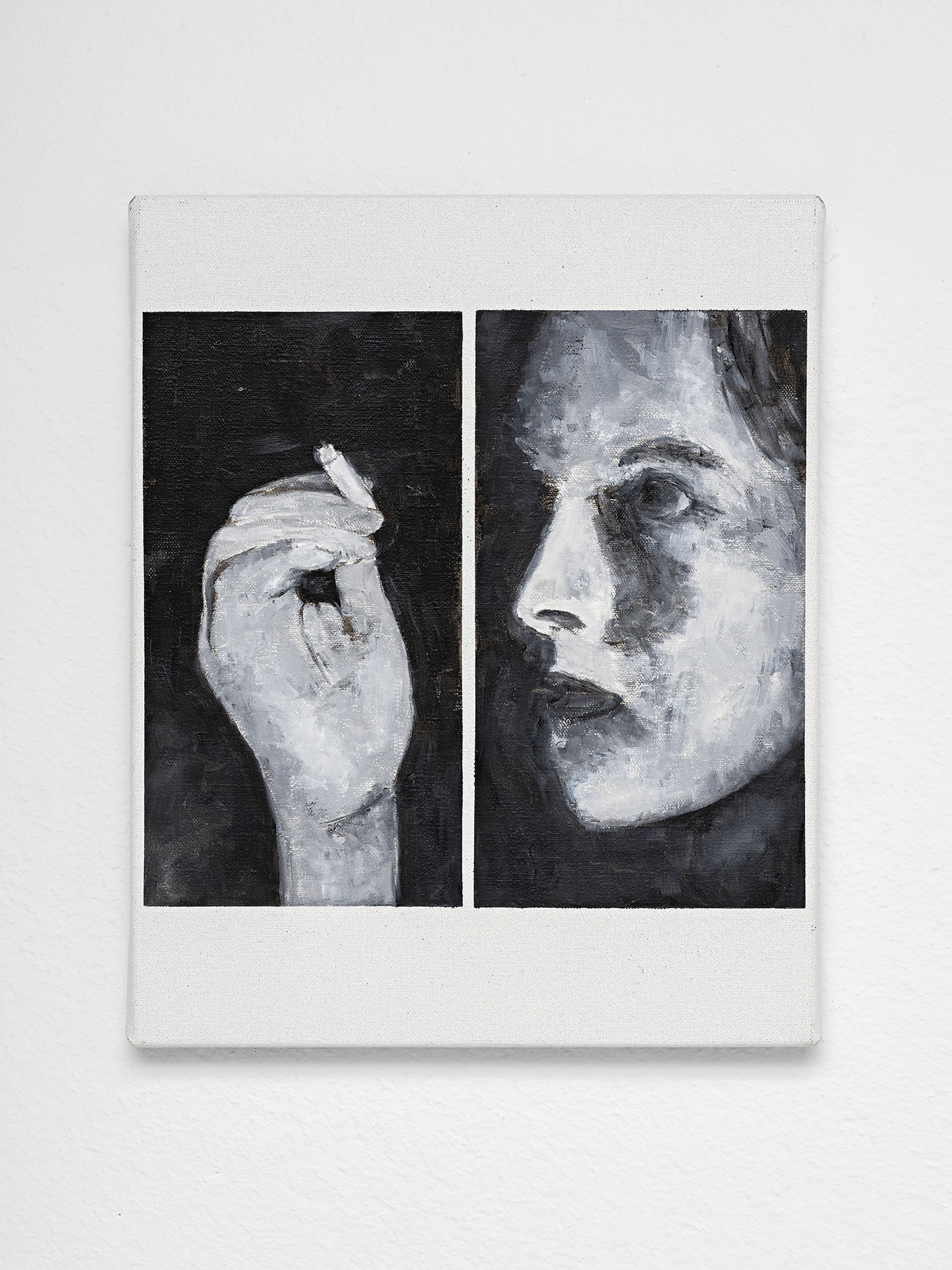
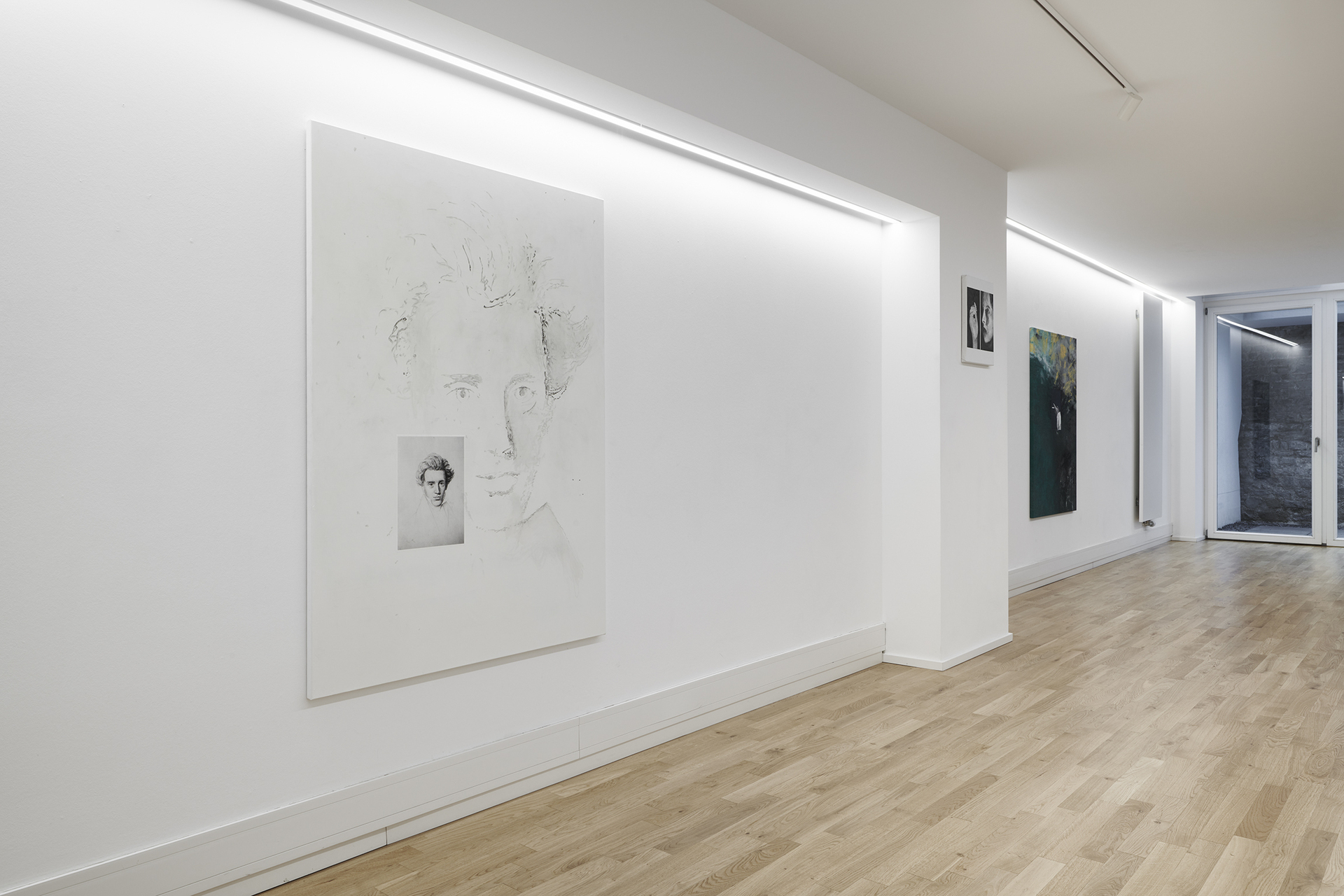
Location
Galerie AlberDate
25.02 –17.04.2021Photography
Vegard Kleven, Marieke TochaSubheadline
Closer – a solo ehibition with new paintings by Are Blytt at Galerie Alber, Cologne, GermanyText
In the context of painting, the terms ‘abstract’ and ‘narrative’ are commonly regarded as opposites. According to this view, an abstract painting represents nothing other than itself, i.e. paint on canvas. Period. Nothing else is ‘expressed’. But strictly speaking, this is rather a short definition of concrete art. In contrast, the actual origin of every abstract painting is in principle always something that is already present in material or imagined reality. The distinction between the two genres of non- objective painting, however, remains difficult for most viewers to comprehend. This incomprehensibility is perhaps the common denominator here – Andy Warhol, for example, is said to have used the word ‘abstract’ in precisely this sense: ‘That’s too abstract for me’, the Pop artist often said when something was overly complex and thus incomprehensible to him.
And this is precisely where Are Blytt ties in with his recent paintings. Since he found the purely formalistic messages of most abstract paintings insufficient, he began to incorporate aphorism-like texts and representational images to his own abstract paintings in a collage-like manner in order to suspend the abstract-narrative opposition and be able to tell stories again. Nevertheless, many of his works remain ‘abstract’ in the Warholian sense, because a single painting by Blytt can contain umpteen different narratives that are compatible with or even contradictory to each other. Moreover, the actual starting points of the narratives in the form of texts or images – as well as the combination of both – are usually personal and are only very rarely revealed by the artist. The ‘interpretative sovereignty’ therefore clearly lies with the viewer, who can/should allow his or her own perspective and previous history to flow into the interpretation of the images. Art and life (of the artist as well as of the viewer) thus converge. In addition, there are external influences in the form of current political, social, or even personal events that colour our view of art in particular and of the world in general.
The ambiguous title of the exhibition – Closer – can be understood in this sense as an appeal: ‘Come closer’ – however one may interpret this. Like the exhibition title, Are Blytt’s paintings are ambivalent or rather multivalent in the truest sense. His works are open and thus set different trains of thought in motion. A great deal also takes place between the individual works, so that the respective paintings can be understood as chapters of a narrative in the sense of a stream of consciousness: a story is indeed told, but without beginning or end, without a moral, without a punch line. Simply abstract.
Text: Gérard A. Goodrow
Gérard A. Goodrow